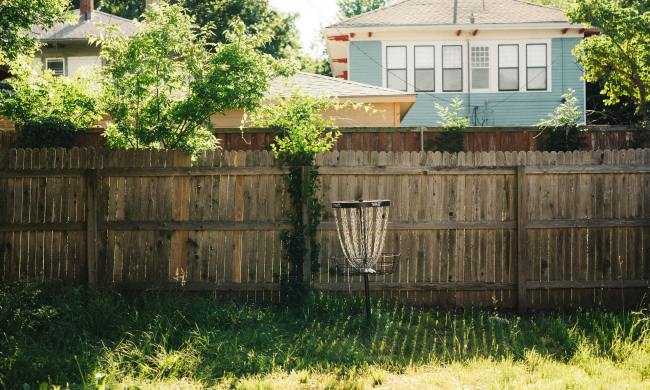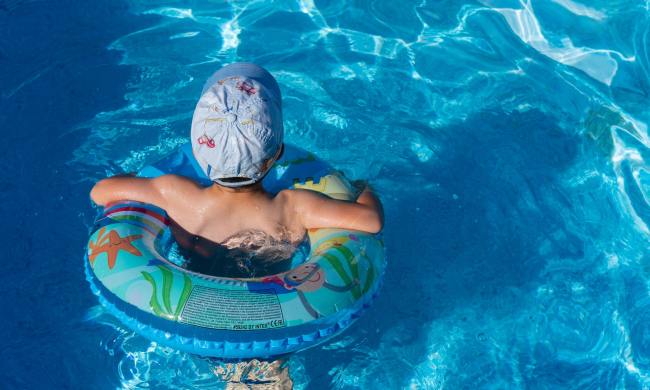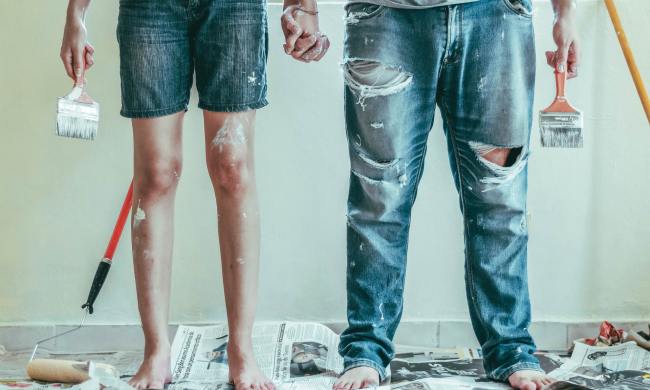Have you ever had a fiberglass pool for a while and then discovered cracks in the pool’s steps? Many people decide on fiberglass pools because they resist algae better than plaster and because they look clean and shiny. The problem, though, is that fiberglass pools tend to develop cracks over time. The steps are one of the places where cracks are easily noticeable.
Suppose the crack is large or the fiberglass seems flexible along the crack. In that case, you may need professional help with your inground pool step repair. On the other hand, you may repair smaller cracks with a fiberglass repair kit that just about any DIYer can use. You can buy fiberglass repair kits at many marine supply outlets and swimming pool stores.
If you’ve decided to make a go of repairing your cracked steps yourself, then you need to ensure you make the proper preparations. You’ll want your efforts to result in a repair that lasts for the long term.
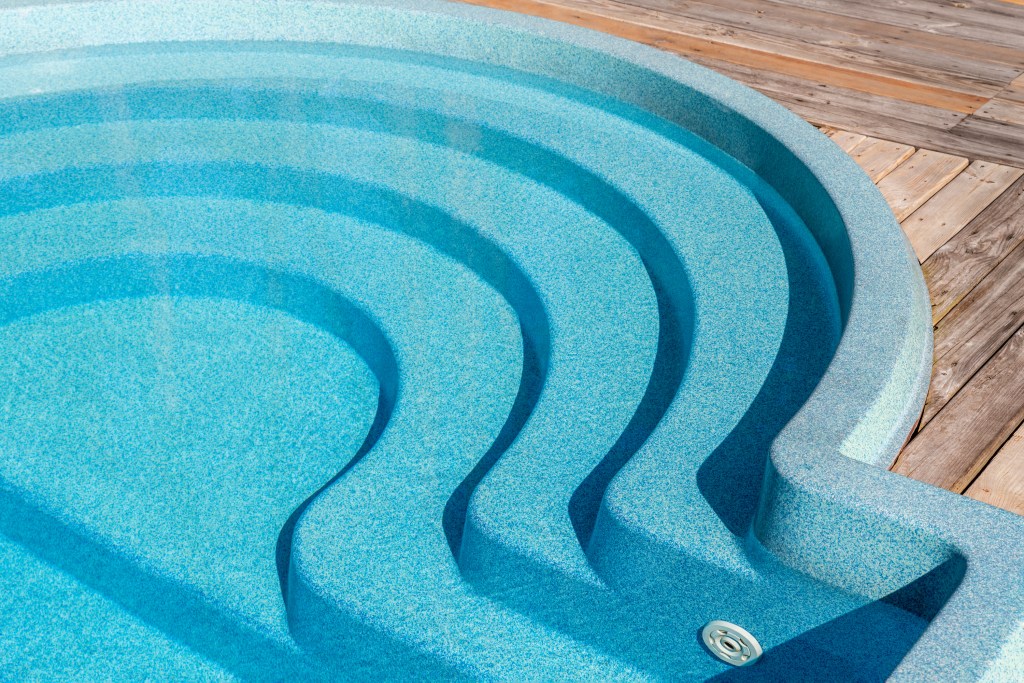
Remove water
The first step is to remove the water from the pool. You need the pool steps to be clean and dry. You don’t have to remove the water from the pool entirely, but you need to drain it to a level below the fiberglass crack. You should also consider doing the step repairs when you’re replacing the pool’s liner. The result will be better.
Sand the cracked area
After making sure everything is dry, you’ll want to use an electric sander to eliminate any peeling paint and loose dirt. Don’t try to sand it down manually. You’ll get a smoother result using an electric sander. Once you’re done sanding, apply acetone to remove any leftover dust. You’ll then want to measure and mark out an area about two inches around the crack.
You can use a handsaw or a diamond-edged cutting wheel to cut out the area you marked. The cut should be about the depth of the crack.
Fill the cut-out area
Next, you’ll want to fill in the cut-out area with a bond coat, which you’ll find in the fiberglass repair kit. Mix the bond coating and then fill in the cut-out gap. Use a putty knife to smooth it until it’s level with the pool’s surface. (Also, the consistency of the bond coat ought to be sticky to the touch.)
Apply putty
Next, once the bond coat has set, you can begin applying polyester putty. This, too, should be in the repair kit. Before you use it, however, the putty must first be catalyzed. You have to put a catalyst on it, such as an epoxy. The putty will dry harder and faster the more catalyst you apply. Ensure the application of the putty is smooth by using either a scraper or a putty knife to level it.
Once everything is dry, you’ll need to sand everything down once more. Doing so will smooth the area. Finally, wipe the area down with acetone once more to remove any lingering dust.
Apply a coat of gel and a fiberglass cloth
The last steps you’ll take are the following:
- Apply masking tape a couple of inches around the repair area.
- Use a paint roller and apply a layer of gel.
- Apply the fiberglass cloth while the gel is still wet.
- Use a ribbed roller to remove any folds or bubbles.
- Apply a last layer of gel and allow it to dry.
- Sand everything until it’s smooth.
- Wipe it down again with acetone.
- Apply a coat of sealant.
Now you need to allow everything to dry and set completely. It will take a few days to do that, depending on the weather. You should wait about three days before refilling your pool to be on the safe side.
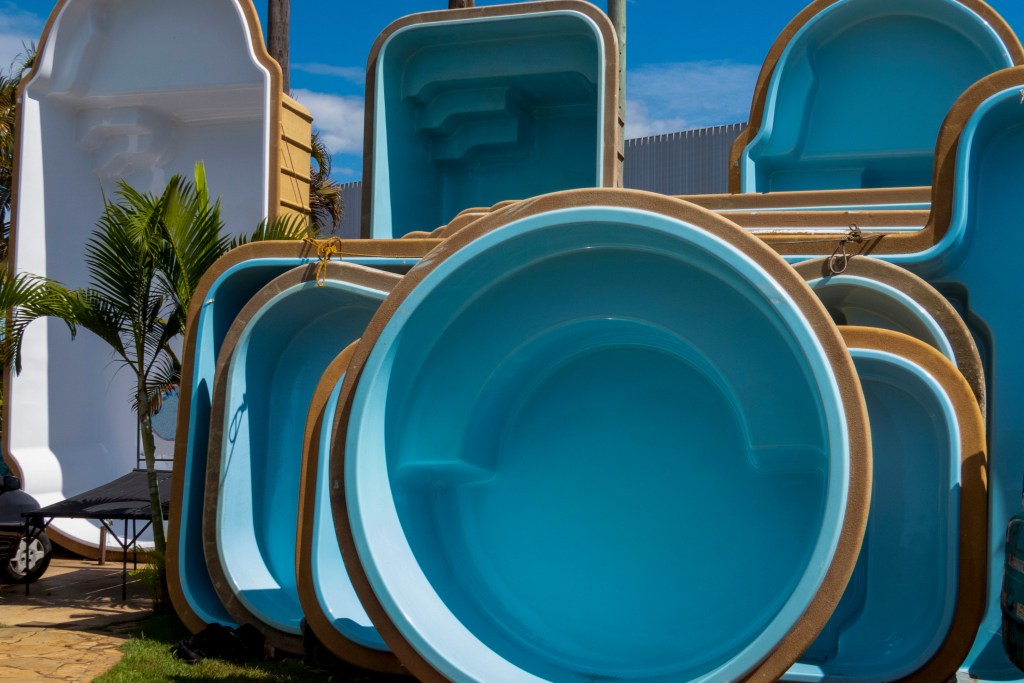
How to maintain your fiberglass pool
After repairing your fiberglass pool’s cracked steps, you’ll want to maintain it properly. Fiberglass pools can actually last for dozens of years if you take care of them. They’re less porous than vinyl or concrete pools due to their gel coating. What that means is that it’s more difficult for chemicals and water to get through and damage the actual surface of the pool.
To guarantee your pool lasts as long as possible, you should clean it regularly. You should also make use of an automated pool vacuum and run your pool filter. Keep the water level above the pool skimmer and check the water chemistry regularly.
Now, go enjoy your pool!
